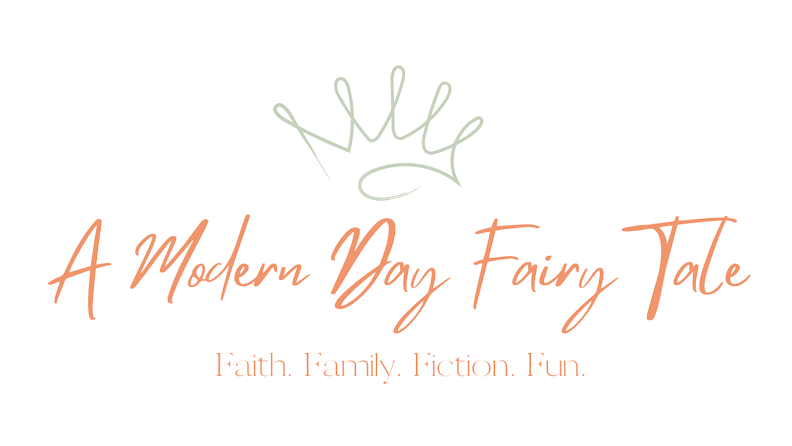Hormonal
acne affects between 29 and 49 per cent of women, although it’s most common in
people aged 20 to 30. Unlike normal blackheads and whiteheads, hormonal acne is
often painful, prone to leaving scars, and much more difficult to deal with.
Read on to find out about the signs that frequent acne outbursts are actually
hormonal acne.
Age of Onset
Many
young women assume that once they get out of their teenage years their acne
will suddenly subside. In reality, hormonal acne is likely to flare up during
their 20s. That’s because women in their 20s are in their peak childbearing
age, making them more prone to the intense hormone fluctuations that are often
to blame for inflammatory acne.
Even
women who see their acne subside as they enter their 30s aren’t completely off
the hook. Menopause can cause a resurgence of hormonal acne. No matter their
age, women struggling to control painful outbreaks can find the products they
need to get relief online at reneerouleau.com.
Type of Pimples
While
blackheads and whiteheads typically occur on the surface of the skin, hormonal
acne occurs beneath the skin where it is more likely to become infected or
inflamed. Cystic acne is usually painful and it is resistant to manual
extraction, even by an esthetician. Since it’s found beneath the surface of the
skin it usually requires clinical treatment like hormonal birth control, antiandrogen
drugs,
or isotretinoin.
It’s
important to note that while strong pharmaceutical medications like isotretinoin are effective up to 85% of the time
they come with a few hassles of their own. Speak with an esthetician about what
changes to make to skincare routines to treat side effects like dry skin and
increased risk, of sunburns.
Location of Pimples
Hormonal
acne typically pops up in the same place over and over. Most consumers notice
breakouts on their chins and jawlines, although some women also get hormonal
acne breakouts on their cheeks, noses, or even down their necks. Experts don’t
exactly know why hormonal acne tends to target these spots but some believe
it’s because the chin and jawline have more oil glands, making the pores in
these areas more likely to become clogged.
Monthly Cycles
Just
like women’s menstrual cycles, which are also dictated by hormone production,
cystic acne tends to follow set patterns. Women who notice increases in the
frequency and severity of breakouts preceding or during their periods are
likely dealing with hormonal acne. Those who don’t intend on becoming pregnant
may want to note that oral birth control can help to reduce the severity of
monthly breakouts in some patients while simultaneously tackling other
unpleasant side effects of hormonal fluctuations.
Breakouts During Periods of Stress
Monthly
hormonal fluctuations aren’t the only thing that can cause hormonal acne. The
stress hormone cortisol can also impact estrogen and progesterone production,
so hormonal acne outbreaks also tend to pop up during times of extreme stress.
The right skincare routine can still help to minimize breakouts during these
periods of stress, though.
The Bottom Line
There
are several kinds of acne. Hormonal acne is tied to natural fluctuations in
estrogen and progestin, so it often pops up at the same time and in the same
place every month or during periods of extreme stress. Women dealing with this
problem may want to speak with a qualified esthetician or schedule an
appointment with a dermatologist to learn about their options.



0 Comments:
Post a Comment
"Pleasant words are as a honeycomb: sweet to the soul and health to the bones." Proverbs 16:24